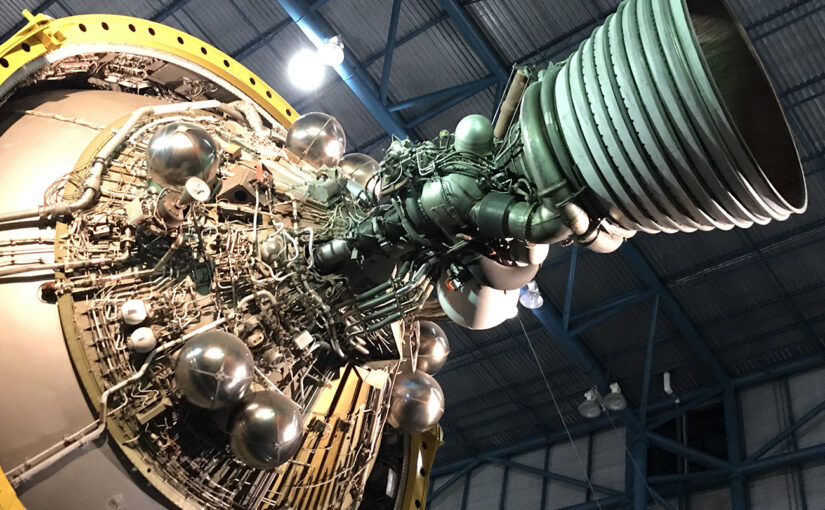According to the U.S. Bureau of Labor Statistics, employment in STEM occupations is projected to grow approximately 11% from 2020-2030 with a median annual wage of almost $100,000. Getting and keeping students interested in STEM to learn the skills for these real world opportunities is critical.
Teaching STEM through an experiential, hands on activity such as model rocketry will inspire an interest to learn, and help students envision a possible STEM career path. Taking Newton’s laws of motion from a concept to a fun, hands on, practical activity is clearly a better pedagogical model. Students become eager to learn tangents when they want to know how high their rocket went!
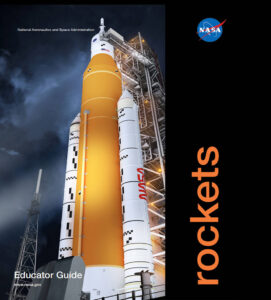
NASA created an excellent reference for educators, Rockets: Educator’s Guide with Activities in Science, Technology, Engineering and Mathematics. These are free digital copies in the public domain for reproduction. At the time of this writing, NASA has 30 job listings for $100k+ positions. SpaceX has numerous job listings on their website. Rocket Scientists are clearly in demand.
An exciting new company based in my home State of Maine, bluShift Aerospace, is pioneering non-toxic, carbon-neutral, bio-derived rocket fuels. They have successfully launched the first commercial rocket using this type of fuel. They also have career opportunities and internships available.
MAX IQ Space has developed Space STEM programs and kits available to make space research accessible and economical for schools and students. MaxIQ Space has developed a partnership with bluShift Aerospace, and launch options can be found here.
The demand for low cost, environmentally responsible rocket launches will continue to increase as more telecommunications transition to a satellite infrastructure. Career opportunities will increase accordingly. Verizon is partnering with Project Kuiper, Amazon’s low Earth orbit satellite network. Starlink currently has extensive availability in under-served areas in the United States, and is increasing capacity every year.
Developing a model rocketry curriculum at your school is not very expensive. Solid fuel model rockets are relatively inexpensive for the value and effectiveness gained. Solid fuel model rockets are the most realistic and engaging for students in Middle School and older.
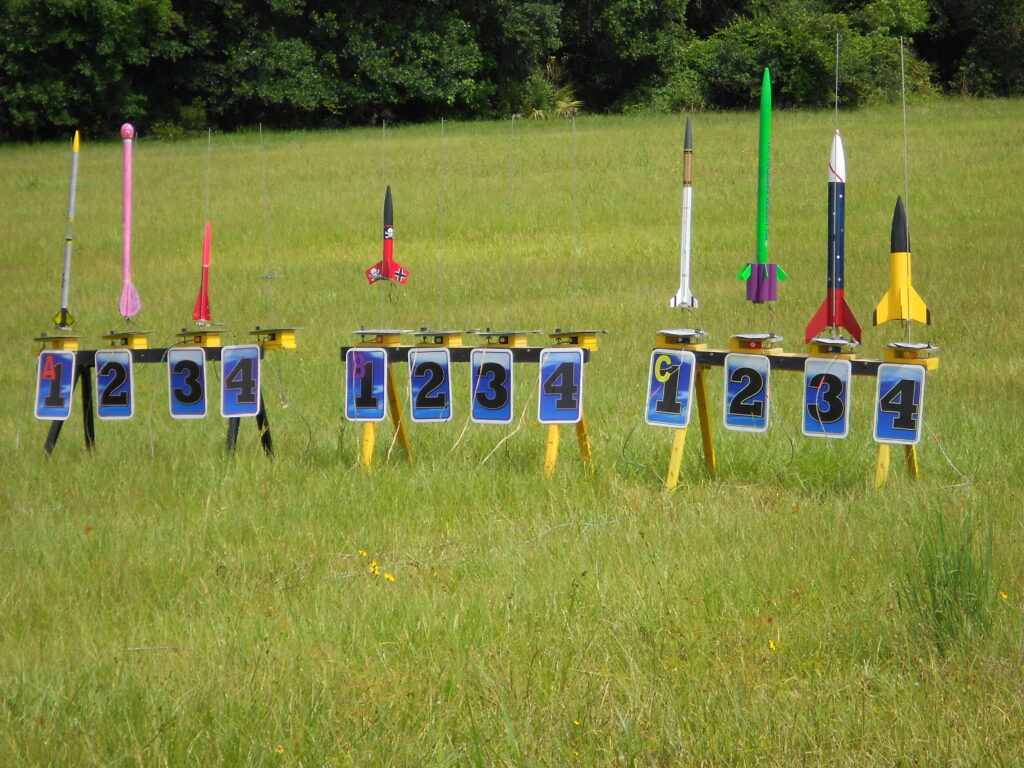
Estes, the leader in solid fuel model rocketry since 1958, is thoroughly committed to education, and provides extensive resources for educators including lesson plans, help with finding and writing grants, participating in national competitions, and discounts on products. Estes offers complete educator bulk rocket packs and complete classroom kits at very reasonable costs. They have something for all age and experience levels, and class time considerations. Some rocket kits can be assembled in one class, or can be made into an entire trimester long, project based, in depth design challenge utilizing digital fabrication software and tools like 3D Printing and laser cutting. Model rocketry creates a fabulous opportunity to teach students 3D CAD software like Fusion 360, and graphic software like Adobe Illustrator.
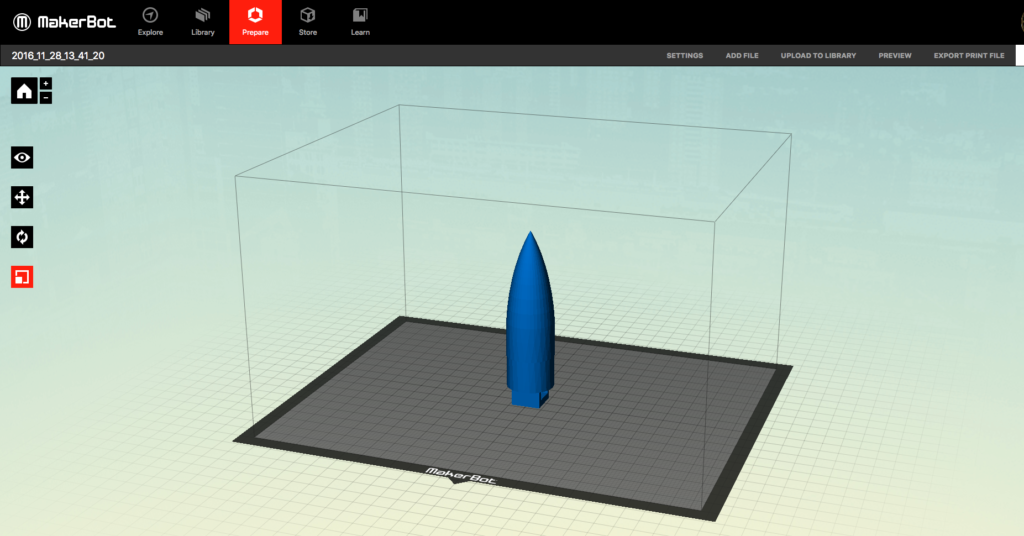
The National Association of Rocketry (NAR) is the largest and oldest model rocketry organization in the U.S, and is an excellent resource for teachers and students. I highly recommend joining this organization. NAR provides educational resources including a certification program for teachers. NAR provides extensive safety guidelines and codes and even provides liability insurance for members. They have a print publication, Sport Rocketry, that is published 6 times per year.
I recommend teachers always include the “A” for Art into STEM, making it STEAM. There are tremendous art opportunities in model rocketry. Creating a mission patch is an important part of rocketry. Take a look at some of the graphic art from the Apollo mission patches: https://solarsystem.nasa.gov/resources/2293/apollo-mission-patches/
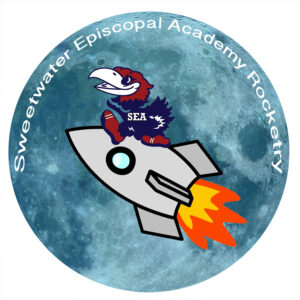
Finishing the model rockets fosters creativity and individuality, and a learning opportunity for different painting and decorating materials and methods. Always try to avoid toxic paints and adhesives in favor of non toxic, water based, environmentally friendly materials. Stickers and decals are an easy way to decorate model rockets.
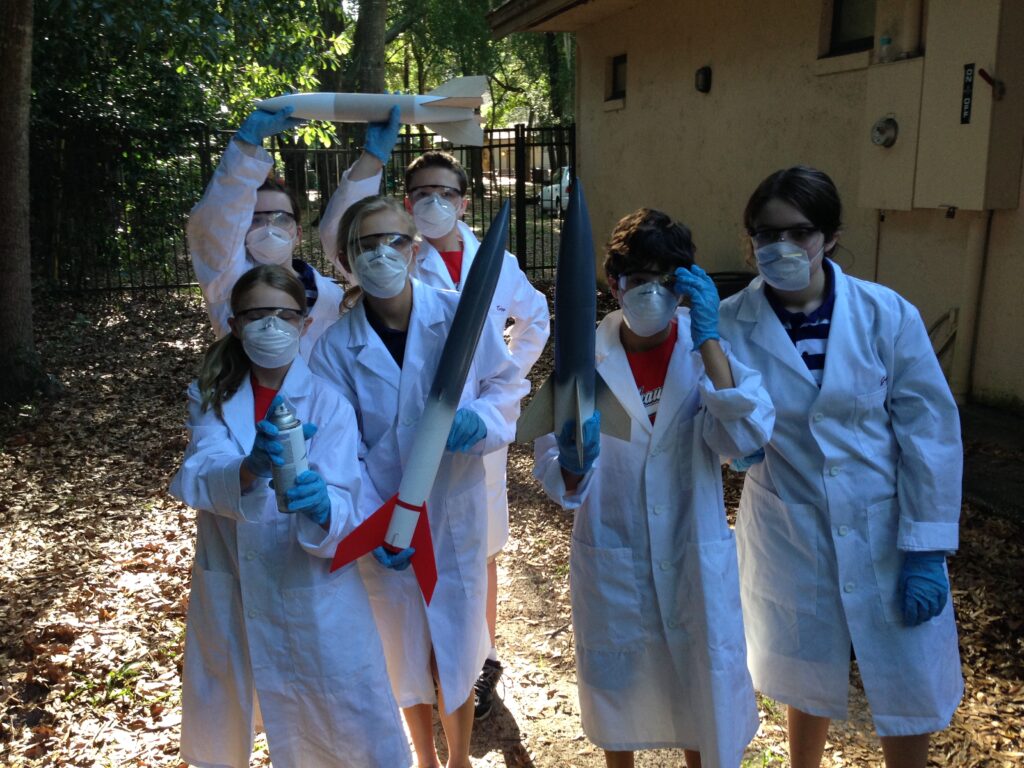
Here are some 5th Grade students launching rockets and using Tangents to calculate the altitude of their rocket:
References:
Lang, N.P. (2020) The Effectiveness of Model Rocketry to Teach Science and Quantitative Content to Students in a Non-Science Majors Course at the College Level: An Example from a Planetary Geology Course. Open Journal of Statistics, 10, 139-153.
https://doi.org/10.4236/ojs.2020.101011
Sarradet, Thomas M Jr. (2009) A STEM Based Model Rocketry Curriculum: For the Team America Rocketry Challenge. https://www.apogeerockets.com/downloads/PDFs/STEM_Model_Rocketry_Curriculum.pdf
Keith, et al. (2013) This is Rocket Science. The Physics Teacher 51, 362 (2013); https://doi.org/10.1119/1.4818377

